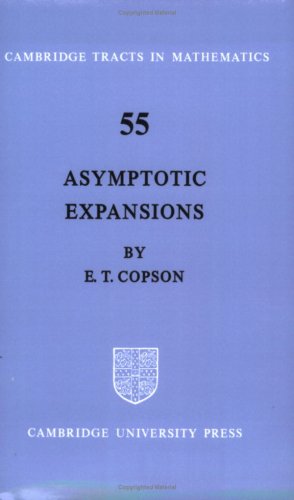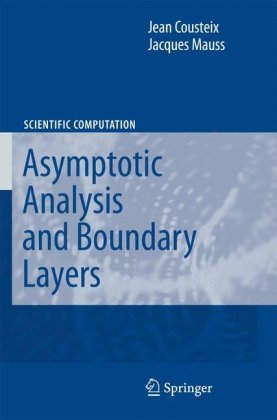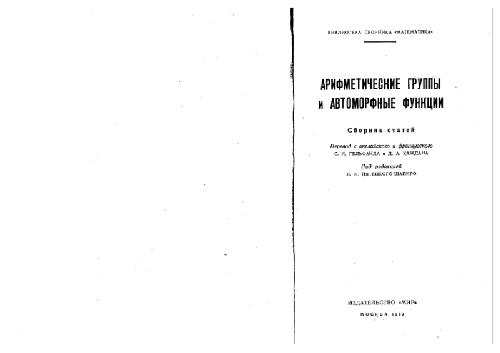Gustav Levine, Sanford L. Braver, David P. Mackinnon, Melanie C. Page, Gustav Guide to Spss for Analysis of Variance Levine9780805830958, 0-8058-3095-2, 0805830960
Table of contents :
Team DDU……Page 2
Contents……Page 7
PREFACE……Page 11
Table of Topics……Page 13
Conventions for Syntax Programs……Page 15
Creating Syntax Programs in Windows……Page 16
Reading In Data With Syntax……Page 19
Entering Data with the “DATA LIST” Command……Page 20
“FREE” or “FIXED” Data Format……Page 21
Data Entry for SPSS for Windows Users……Page 23
Importing Data……Page 25
Output Examination……Page 26
“COMPUTE”……Page 28
“SELECT IF”……Page 29
Data Transformations with PAC……Page 30
Basic Analysis of Variance Commands……Page 34
Comparisons……Page 38
Planned Contrasts……Page 39
Post Hoc Tests……Page 42
Trend Analysis……Page 46
Monotonic Hypotheses……Page 50
PAC……Page 51
Basic Analysis of Variance Commands……Page 56
Unequal N Factorial Designs……Page 59
Planned Contrasts and Post Hoc Analyses of Main Effects……Page 63
Simple Effects……Page 65
Simple Comparisons and Simple Post Hocs……Page 66
Interaction Contrasts……Page 67
Trend Interaction Contrasts and Simple Trend Analysis……Page 69
PAC……Page 70
Basic Analysis of Variance Commands……Page 73
Simple Two-Way Interactions……Page 76
A Nonsignificant Three-Way: Simple Effects……Page 77
Interaction Contrasts, Simple Comparisons, Simple Simple Comparisons,and Simple Interaction Contrasts……Page 78
PAC……Page 80
Basic Analysis of Variance Commands……Page 81
Correction for Bias in Tests of Within-Subjects Factors……Page 84
Planned Contrasts……Page 86
The “TRANSFORM/RENAME” Method for Nonorthogonal Contrasts……Page 87
The “CONTRAST/WSDESIGN” Method for Orthogonal Contrasts……Page 88
PAC……Page 89
Basic Analysis of Variance Commands……Page 95
Main Effect Contrasts……Page 98
Analyzing Orthogonal Main Effects Contrasts (Including Trend Analysis) Using “CONTRAST/WSDESIGN”……Page 99
Nonorthogonal Main Effects Contrasts Using “TRANSFORM/RENAME”……Page 100
Simple Effects……Page 102
Analyzing Orthogonal Simple Comparisons Using “CONTRAST/WSDESIGN”……Page 103
Nonorthogonal Simple Comparisons Using “TRANSFORM/RENAME”……Page 104
More Than Two Factors……Page 106
PAC……Page 107
Basis Analysis of Variance Commands……Page 111
Within-Subjects Factor(s)……Page 114
Simple Effects……Page 118
Simple Comparisons……Page 121
PAC……Page 123
9 THREE- (OR GREATER) FACTOR MIXED DESIGNS……Page 125
Simple Two-Way Interactions……Page 126
Simple Simple Effects……Page 127
Main Effect Contrasts and Interaction Contrasts……Page 128
Simple Contrasts: Simple Comparisons, Simple Simple Comparisons,and Simple Interaction Contrasts……Page 130
PAC……Page 133
10 ANALYSIS OF COVARIANCE……Page 134
Testing the Homogeneity of Regression Assumption……Page 136
Multiple Covariates……Page 137
Multiple Between-Subjects Factors……Page 138
Constant Covariate……Page 139
Varying Covariate……Page 141
PAC……Page 145
11 DESIGNS WITH RANDOM FACTORS……Page 146
Random Factors Nested in Fixed Factors……Page 147
The One-Factor Within-Subjects Design……Page 148
Two-Factor Mixed Design……Page 152
Using One-Line-per-Level Setup to Get Values to Manually Compute Adjusted Means in Varying Covariate Within-Subjects ANCOVA……Page 154
PAC……Page 157
Basic Analysis of Variance Commands……Page 159
Multivariate Planned Contrasts and Post Hocs……Page 163
Multiple Dependent Variables in Within-Subject Designs:Doubly Multivariate Designs……Page 164
Contrasts in Doubly Multivariate Designs……Page 167
PAC……Page 171
Basic Commands……Page 180
Contrasts……Page 182
Main Effects Contrasts and Post Hocs……Page 185
Simple Effects……Page 188
Interaction Contrasts……Page 190
Basic Commands……Page 191
Planned Contrasts……Page 192
Two or More Factor Within-Subjects ANOVA……Page 193
Main Effect and Interaction Contrasts……Page 194
Simple Effects and Simple Comparisons……Page 195
More Complex Analyses……Page 197
REFERENCES……Page 199
APPENDIX A……Page 200
APPENDIX B……Page 202
Author Index……Page 203
Subject Index……Page 205
Local Disk……Page 0
file:///C|/Documents and Settings/me/デスクトップ/desktop/pictures/getpedia.html……Page 1







Reviews
There are no reviews yet.